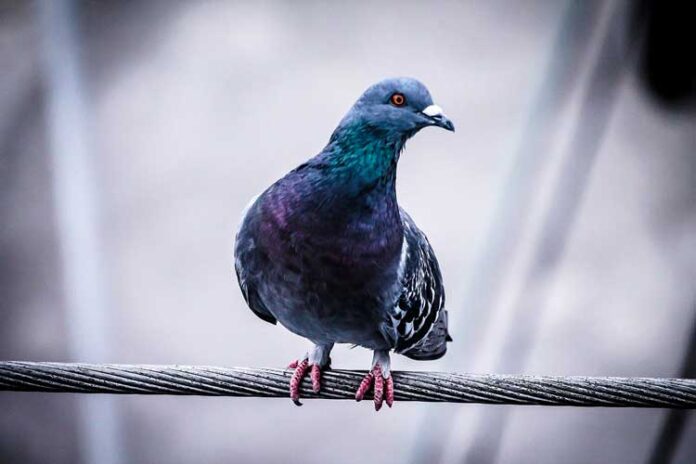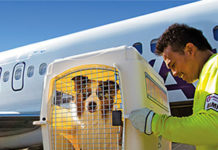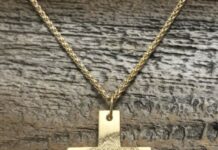Pigeons are a growing problem in urban, suburban, and rural areas. These hardy creatures have an increasing population, while other species, such as doves and sparrows, display declining numbers. Experts put this down to pigeons being adaptable birds.
An additional factor is pigeon reproduction. Once pigeons find a cozy nesting spot and a steady food supply, they breed all year round. In some religions, pigeons hold symbolic relevance, and people are reluctant to get rid of them.
Here are some ways to reduce your local pigeon population’s reproductive rate:
Pigeon birth control
Fortunately, this approach does not involve catching each female and administering birth control tablets or injections. Pigeon birth control technology is a ready-to-use bait which is mixed with the pre-bait or cracked corn. It greatly reduces the reproduction and repopulation of the flock. It works by ensuring that pigeon eggs do not hatch. With it, you could reduce reproduction in pigeons by more than 50% a year by utilizing pigeon birth control.. Therefore, the pigeons continue trying to breed but without success.
Pigeons are always looking for food sources, and providing one is the ideal opportunity to get them to ingest the birth control substance. It is advisable to start with a feeder that is filled at set times with regular crushed grain. This can be done manually or using an automatic feeder with a set timer.
The pigeons get into the routine of this feeding program, and soon they will wait for their food to be served. Start adding some pre-bait to the food to get pigeons used to any taste changes. Once this phase is complete, mix the birth control substance with the pre-bait, incrementally increase birth control and decrease pre-bait quantity.
Nest removal
While nest removal might not be as effective as pigeon birth control, it can reduce the number of pigeon chicks being born around your home. When pigeons keep arriving home to discover their nests destroyed, they soon get the hint. Many people do not like using nest removal as it sometimes involves destroying pigeon eggs. They prefer removing the nest and then relocating it. However, this is not always possible.
When undertaking nest removal, take suitable safety precautions. Pigeon nests are a breeding ground for fleas, ticks, and other parasites. You do not even need to touch the nest to transfer them to yourself. The movement when the nest falls is enough to make them airborne. Wear pants and a long-sleeved shirt, wear a mask and safety goggles, and cover your head. When you are finished, destroy all single-use items and wash everything else, including yourself.
Reducing a pigeon’s options
As mentioned before, pigeons settle in and breed continuously when they find a comfortable nesting spot and convenient food source. When they do not have these two essentials, they will not reproduce as often. Therefore, make your property as pigeon-unfriendly as possible.
Do so by ensuring that pigeons do not have free access to food. It might mean taking down the bird feeder you installed to attract other birds to your garden. Unfortunately, pigeons are great bullies, and they are probably eating that food and chasing other birds away in any case. This is a great first step, but by no means enough. Pigeons are adaptable eaters and will eat anything, including garbage. Ensure that your trash cans are closed and offer no chances for opportunistic pigeons to get their beaks into it.
For your next step, make your home an unsuitable place for pigeons to nest. This includes putting up bird-proofing, such as nets, spikes, and other barriers. With no food and nowhere to nest, pigeons are unlikely to breed. And if they do, it will not be at your house.
Dummy eggs
This solution only applies to people with a small pigeon problem and easy access to the nests or a pigeon fancier. It will not work at a large industrial building unless you are prepared to hire someone to do it full-time. However, if the conditions are right, dummy pigeon eggs can be effective.
Remove a pigeon’s eggs from its nest and replace them with the fake eggs. The female continues to sit on her ‘eggs’, but no babies are born. The process involves egg destruction, which some people might be uncomfortable with. Additionally, you might endure a few pigeon attacks from angry parents who do not want you fiddling with their nest. However, there will be fewer pigeon chicks in your vicinity.
Culling
As cruel as it sounds, you can reduce pigeon reproduction by reducing how many pigeons are around to reproduce. Many people believe in culling pigeons to solve the overpopulation crisis. Egg destruction is one method.
More radical approaches include poisoning pigeons or shooting them. This does not sit well with many people. As annoying as pigeons are, they do not want the birds treated inhumanely. For people who regard harming pigeons as sacrilegious, culling might be a step too far, and they will object to it.
















